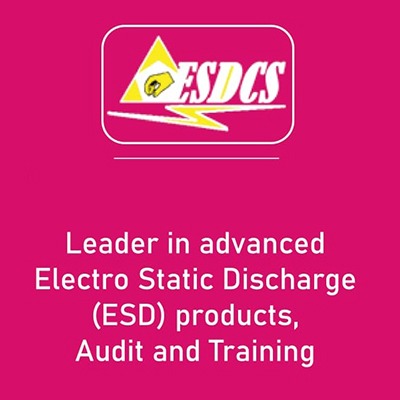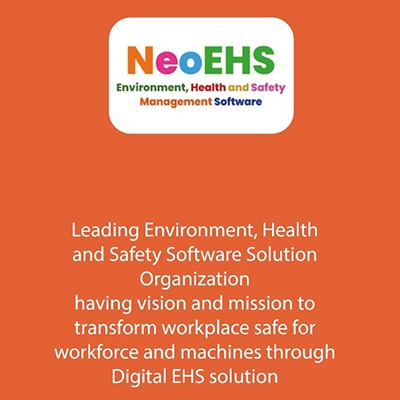- Overview
- Course Topics
The use of portable electrical equipment is a common requirement in the work- place. Such equipment ranges from desk-lamps in offices to drills and grinders on construction sites. All of these devices are potential safety hazards and therefore controls and safe- guards need to be put in place to deal with the associated risks. The degree of maintenance, and this includes inspection and test, varies with national legislation and codes of practice. In general, there is a requirement for employers to take the necessary steps that will minimise risk to employees, in so far as it is reasonably practicable. It would appear that in the majority of cases, systematic inspection and test of equipment by competent persons does not take place. However, in some cases the practice of periodic inspection and test has been instituted. The frequency of periodic inspections and tests can vary between weekly and 4 years. The frequency is determined by the associated risk e.g. whether the equipment is office-based; or in use on a construction site; what protection does the electrical installation provide; and also on the level of defects found as a result of carrying out the process of inspection and test. The purpose of this course is to promote a best practice approach to the maintenance of portable electrical equipment. It contains common elements from indvidual national practices that are considered to be best practice.
















